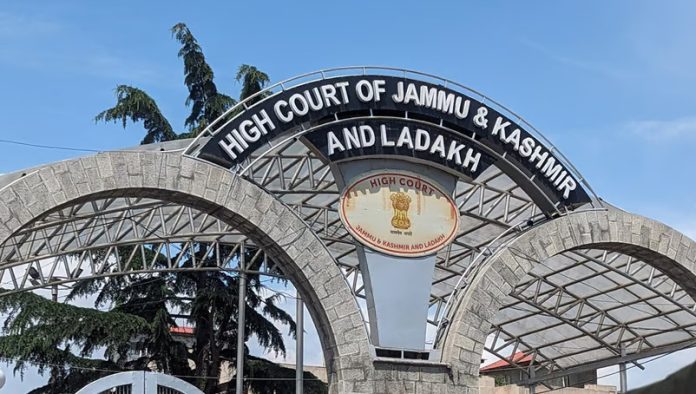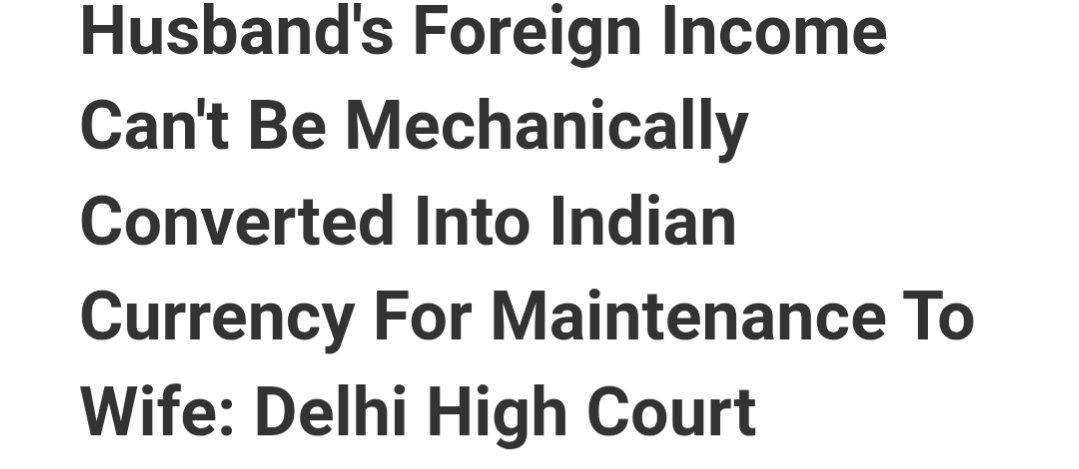Dharmadhikari, J.@mdashThis criminal application is registered on the basis of a letter received from the Superintendent Nasik Road Central Prison, Nasik, who sought clarification regarding the set off to be granted to prisoner Jaswantlal Harjivandas Dholakia. It appears from the record that prisoner Jaswantlal was sentenced to undergo imprisonment for one year and six months and to pay a fine of Rs. 300 or in default to undergo further imprisonment for two months in Case No. C.C. 77O/P/1973 vide judgment of 33rd Court, Ballard Pier, Bombay dated October 1, 1973. Thereafter by the 7th Court, Dadar, Bombay he was again sentenced to undergo two years'' imprisonment in C.C. 833/P/1971 by judgment dated December 21, 1973. It further appears from the record that prisoner Jaswantlal had approached this Court through jail in Criminal Application No. 1160 of 1974 requesting that while counting the period of sentence he should be granted the set off as contemplated by Section 428 of the Code of Criminal Procedure. The division Bench of this Court by the order dated February 3, 1975 observed that the record before the Court did not indicate in, which case he was sentenced, for what offence and on what date. However, relying upon the decision of this Court in
2. On the notice being issued by this Court, the prisoner appearing in person has filed his detailed reply. It is not necessary to refer to his reply in detail because we are not concerned in this case with other cases in which he was already granted set off. We do not intend to disturb the said grant. In this case we are merely concerned with the set off granted by the Metropolitan Magistrate, 33rd Court and the Metropolitan Magistrate, 7th Court in the aforesaid two cases viz. Case No. 770/P of 1973 and 833/P of 1971. From the bare reading of these two letters it is quite obvious that in both these cases the period from September 4, 1973 onwards is overlapping. So far as case No. 770/P of 1973 is concerned, he is granted set off from May 2, 1973 to October 1, 1973 and again in Case No. 883/P of 1971 he is granted set off from September 4, 1973 to December 21, 1973. In our opinion the set off granted in the subsequent case viz. in Case No. 833/P of 1971 from September 4, 1973 to December 21, 1973 is wholly uncalled for because the period from April 1, 1973 to October 1, 1973 was already counted while counting the set off in Case No. 770/P of 1973 and after October 1, 1973 till December 21, 1973 prisoner was undergoing a substantive jail sentence as a convict prisoner in Case No. 770/P of 1973.
3. From the bare reading of Section 428 of the Code of Criminal Procedure it is quite obvious that it confers a benefit on a convict reducing his liability to undergo imprisonment out of the sentence imposed for the period which he has already served as an undertrial prisoner in the case concerned. It lays down that the period of detention of an accused as an undertrial prisoner shall be set off against the term of imprisonment imposed on him on conviction. The section only provides for set off. It does not change the nature of detention or sentence imposed. It does not do away with two different kinds of detention nor it puts them on the same footing for all purposes. The detention contemplated by this section is detention during investigation, inquiry or trial of the case in which the accused person has been convicted. The section makes it very clear that the period of detention which it allows to be set off against the term of imprisonment imposed on the accused on conviction must be during the investigation, inquiry or trial in connection with the same case in which he has been convicted. The case with which we are deal ring is not a case wherein the sentences are directed to run concurrently. If he was undergoing substantive jail sentence in Case No. 770/P of 1973 in which he was convicted on October 1, 1973, he was not detained as an undertrial prisoner in another case because at the relevant time he was undergoing substantive jail sentence as a convicted criminal prisoner. Section 3(3) of the Prisons Act, 1894 defines the term ''convicted criminal prisoner'' and Section 27(1) of the said Act provides for their separation. Separate provisions are made for the employment of these prisoners in chap. VII of the Prisons Act. Therefore, it is difficult to hold that a prisoner who was undergoing substantive jail sentence on conviction in one case was also an undertrial prisoner in another case. If such a construction is accepted, it is bound to create anomaly. It is no doubt true that the question will obviously stand on different footing if sentences in two cases are directed to run concurrently, but we are not concerned with such a case in the present application and hence it is not necessary to express any opinion in that behalf. As per provisions of Section 427(1) of the Code of Criminal Procedure a sentence imposed on the accused on his subsequent conviction shall commence at the expiration of the imprisonment to which he had been previously convicted, unless it is made concurrent with the previous sentence. Section 428 of the Code applies only to a stage before conviction. It does not alter the nature of sentence. If the sentence is to run consecutively by indirect methods of invoking benefit of set off u/s 428 of the Code, in the absence of specific direction it cannot be altered to run concurrently. Therefore, Sections 427 and 428 will have to be read together and harmoniously.
4. Even otherwise, once the period from September 4, 1973 to October 1, 1973 is already counted by granting a set off to the prisoner in Criminal Case No. 770/P of 1973, the same period cannot be counted in another case because once a set off is granted, it becomes a part and parcel of the sentence imposed and undergone. In this view of the matter, in our opinion, this double counting of the period or its overlapping while granting set off in these two cases is not contemplated when the sentence is not directed to run concurrently and the prisoner was convicted and sentenced in two different cases, by two different courts and on two different occasions and the sentences are to run consecutively. Therefore, while counting the period of set off the petitioner will not be entitled to get a set off from September 4, 1973 to December 21, 1973 in Criminal Case No. 833/P of 1971. In our opinion this practically covers all the questions raised by the Superintendent of Central Prison, Nasik and as already observed, so far as the other cases are concerned, we do not intend to disturb the period of set off if already granted to the prisoner.
4. In the letter written by the Superintendent, Central Prison, Nasik as well as the reply filed by the prisoner a reference is made to certain decisions of this Court, viz. the decision of single Judge of this Court in Maneklal Lalchand Shah v. The State of Maharashtra (1976) Criminal Application No. 1160 of 1974 as well as the decision of this Court in Jasvantlal Harjivandas Dholakia v. The State of Maharashtra (1975) Criminal Application No. 1160 of 1974 decided by the division Bench of this Court. So far as the decision in Jasvantlal Harjivandas Dholakia v. The State of Maharashtra is concerned we have already made a reference to it and by that order the Superintendent of Jail was only directed to compute the period of sentence of the prisoner by excluding that period when he was under detention during investigation or trial. It is further made clear in the said decision that the record of the case was not before the Court to indicate in which case he was sentenced, for what offence and on what date. So far as the decision of Sapre J. in Maneklal Lalchand Shah v. The State of Maharashtra is concerned it is quite obvious from the bare reading of the said decision that such a question was not at all posed nor decided by the learned Judge. The question posed therein related to the retrospective operation of the provisions of Section 428 of the Code of Criminal Procedure. Relying upon the decision of this Court in Narayanan Nambeesan v. The State as well as the decision in
5. Rule is discharged. A copy of this order be sent to the Superintendent, Central Prison, Nasik.

